Section 6: CHamoru Renaissance
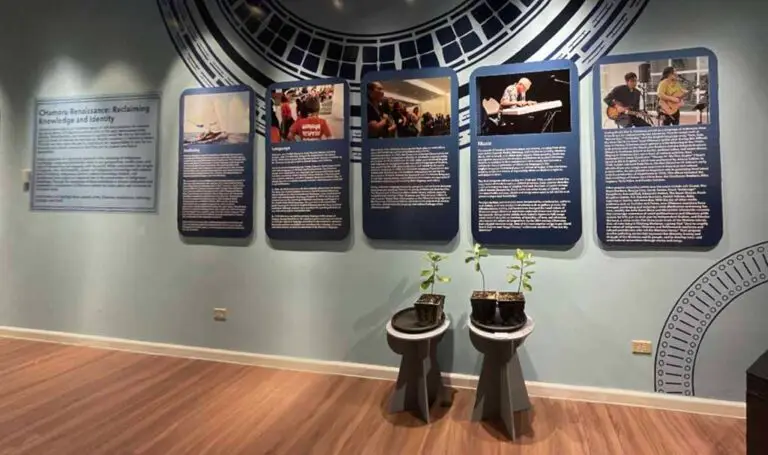
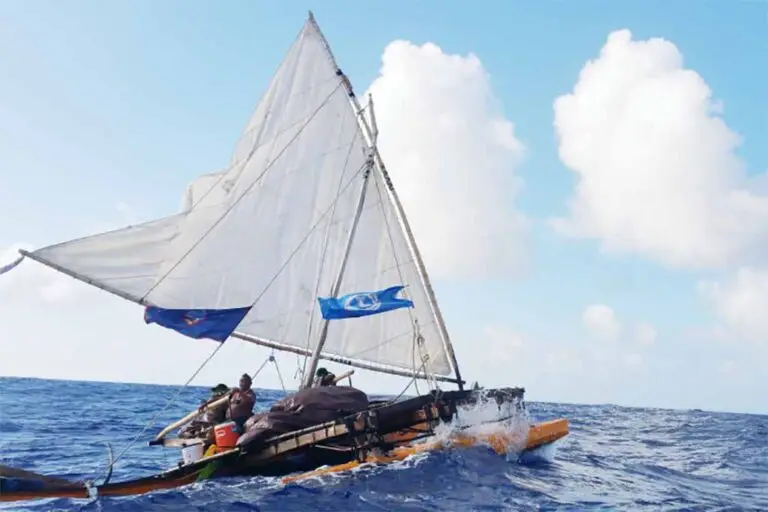
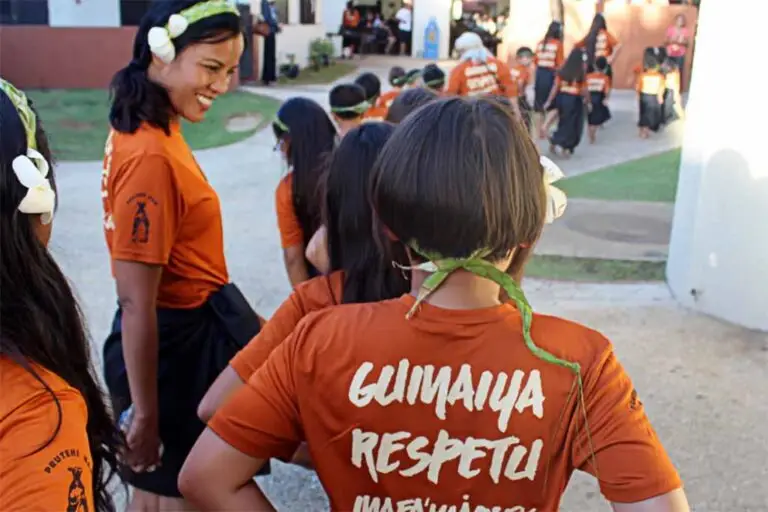
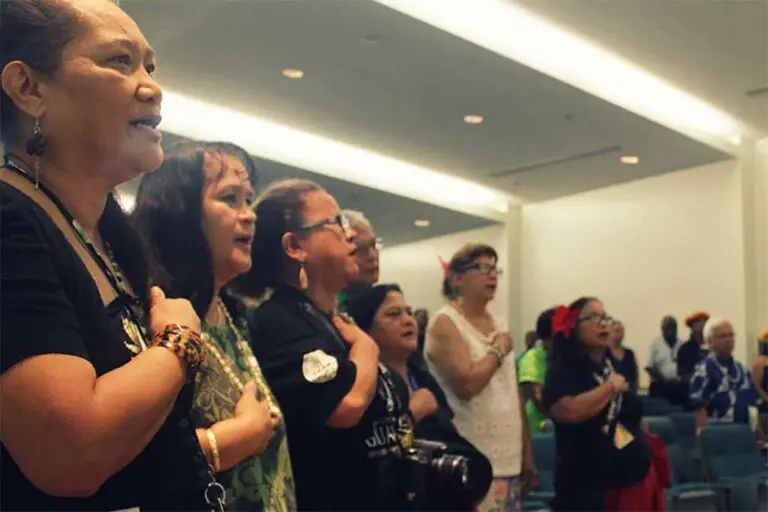
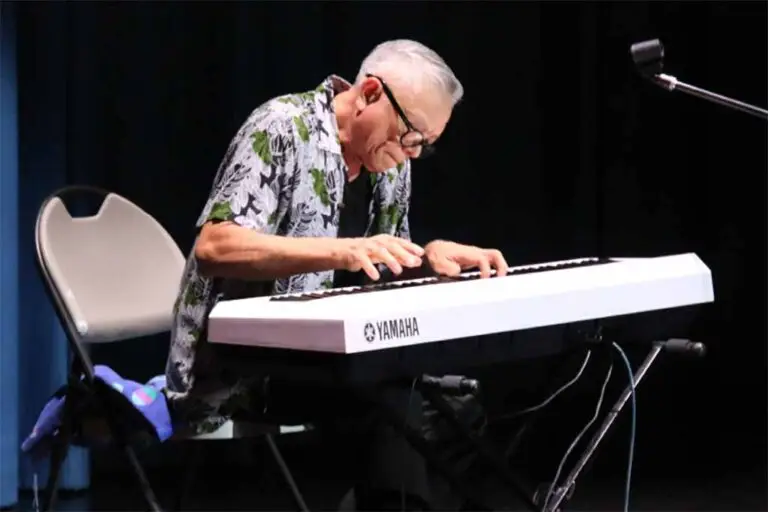
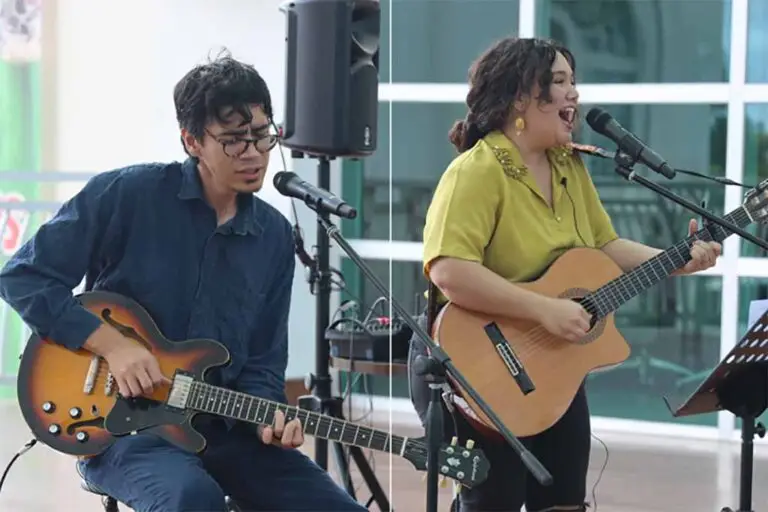
Table of Contents
Share This
Reclaiming Knowledge and Identity
Cultural preservation is an important aspect of self-determination. For modern day descendants of Indigenous cultures, links to the past demonstrate unity, identity, distinctiveness, and relevance in a global world. We rely on our past to give us a sense of who we are and how we identify ourselves in relation to others. Likewise, we draw upon the past to understand our responsibility to care for our historical and cultural resources so that they can be passed onto future generations.
A key component of a decolonial approach is the centering of Indigenous knowledge. Indigenous knowledge refers to our perspectives, world views, and ways of interpreting and engaging with the world. While colonization has sought to suppress, ban, and forcefully replace our Indigenous knowledge with colonial ways of thinking, Indigenous scholars, cultural knowledge holders, and practitioners have played an important role in the preservation of Indigenous knowledge. Through the leadership of these individuals a vibrant celebration and reclamation—a renaissance—of CHamoru culture has taken place and continues to take place today.
In this section we highlight three aspects of the CHamoru renaissance: seafaring, language, and music.
Seafaring
CHamoru identity is rooted in the history of seafaring. Our ancestors arrived in the Marianas thousands of years ago by way of ocean-going vessels having navigated across miles of open ocean. They brought with them a sophisticated knowledge of nature and canoe technology and the means to thrive in new homelands. The seafaring skills of the CHamoru people had so impressed the early Europeans who traveled here that they were seen as a threat and thus were severely limited by Spanish colonial administrators. Nevertheless, the canoe remains an important symbol of Guåhan and of the Marianas.
The movement to revive CHamoru seafaring began largely as part of an effort by a few individuals who wanted to learn about canoe building and sailing. One such individual, Rob Limtiaco, looked to master carver Segundo Blas for guidance on how to build a canoe. Then, CHamorus also looked to traditional navigators such as Mau Piaulug and Manny Sikau from Polowat and Satawal in Chuuk State where the knowledge and skills of traditional seafaring had never been lost.
Organizations focused on canoes and seafaring such as TASI (Traditions about Seafaring Islands) and TASA (Traditions Affirming Our Seafaring Ancestry) formed as people recognized the value of cultural preservation and the adventure of sailing the open waters. They learned to build a variety of seafaring vessels and navigate by traditional means of observing the stars, weather, ocean currents, and sea creatures. They also wanted to pass on the tradition to younger generations to ensure the perpetuation of this important cultural art.
Today, there are several active seafaring organizations in Guåhan and across the Marianas which have participated in festivals and voyages throughout the Pacific region, connecting people and places across the vast sea of islands.
Language
There are over 81,000 CHamorus in the Mariana Islands, including Guåhan, with 147,800 more living in the United States. While there is great diversity among them, they are connected by the CHamoru language as well as shared values and traditions.
Part of the Austronesian language family, CHamoru shares many words with other languages in Oceania and Southeast Asia. The CHamoru people were exposed to new languages and incorporated many words into their vocabulary while a Spanish colony, however, CHamoru grammar, sentence structure, and other linguistic elements persisted. Also, although Spanish was spoken in public domains, most everyone continued to speak CHamoru.
In 1898, the US Navy became the new colonial administrator of Guåhan. The Navy also enacted policies to remove Spanish cultural influences and to facilitate the Americanization of CHamorus, a key component of which was mandating the learning of English. In 1917, the Naval Government banned the speaking of CHamoru and designated English as the island’s only official language. One governor even ordered the public burning of a CHamoru-English dictionary that the navy itself had published. Although students were penalized for speaking CHamoru it was still widely spoken everywhere else.
By 1939 CHamoru was still the primary language of the people of Guåhan. During World War II, the Japanese government opened schools to teach the Japanese language and culture to the CHamorus. However, during the postwar era English was considered the language of success and advancement, much to the detriment of the CHamoru language.
The revival of the CHamoru language has been aligned with efforts across the Pacific toward decolonization and political self-determination. In 1964, the Chamorro Language Commission was established as the recognized authority on CHamoru language policy for Guåhan. In 1974, Public Law 12-132, which provided that English and CHamoru be designated as the two official languages of Guåhan, was passed by the 12th Guam Legislature and signed by Governor Carlos G. Camacho. In 1983, the Chamorro Language Commission was tasked with developing a standardized orthography for use by the Government of Guam. Indeed, the increased use of CHamoru language in signage, agency names, and traditional place names are examples of CHamorus reclaiming and asserting their language and values.
Today, CHamoru language immersion programs such as Hurao Academy have emerged, teaching CHamoru to young children and their families. The Department of CHamoru Affairs works closely with the recently reestablished Kumision i Fino’ CHamoru yan i Fina’nå’guen i Historia yan i Lina’la i Taotao Tåno’ (Commission on the CHamoru Language and the Teaching of CHamoru History and Culture) on projects that restore, revitalize, and promote the language and cultural heritage of the CHamoru people.
Music
The sounds of modern CHamoru music are diverse, ranging from older style batsu (Spanish Waltz), jitterbug, and cha-cha to country, western, disco, rock-and-roll, and island-style reggae. More recently, music has emerged to accompany the modern recreations of ancient CHamoru dances. In addition to its entertainment value, music has become a vehicle for the perpetuation of CHamoru language in the English-language dominated popular culture of today. It has also been used by artists as a means of expressing views on Guåhan’s right to self-determination.
The first European visitors during the 16th and 17th centuries noted the importance of music in various cultural practices. Later sources describe a call-and-response type of singing that took the form of poetic debate called Kantan Chamorrita. There were also other forms of chants, and like most Pacific cultures, chants and songs were used to tell stories and preserve important knowledge.
Foreign rhythms and melodies were introduced by missionaries, settlers, and visitors, and new musical instruments such as guitars, pianos, the belembaotuyan, violins, and harmonicas changed the tonal values of CHamoru songs. CHamoru musicians embraced these new styles and instruments. Songs varied widely from Catholic hymns to folk songs which told of daily life on Guåhan, of hardship, of love, and whatever else was on the minds of songwriters. By the 20th century CHamorus had adapted western songs. One of the most popular songs in pre-World War II Guåhan was “Hagu i Flores,” a CHamoru version of “You Are My Sunshine.”
During World War II, CHamoru served as a language of resistance since it could not be understood by the Japanese. Popular songs such as “Ramon San,” “Senindan,” and the English language song “Sam, Sam, My Dear Old Uncle Sam” kept CHamoru spirits alive during this difficult time in history.
CHamoru music gained a wide following in the 1960s with groups such as the Charfauros Brothers and the Delgado Brothers. CHamoru musicians played at fiestas, political rallies, and talent shows. Singing in CHamoru also was a form of cultural activism, best represented in Jesus Charfauros’ “Munga Yo’ Ma’Fino Engles” (“Don’t Speak to Me in English”), which was performed by Johnny Sablan. In 1968, Sablan released Dalai Nene, the first CHamoru LP. Sablan’s early albums of pre-war songs were exercises in historical and cultural preservation. He also played an important role in promoting local talent with the production of Kasamiento in 1973. This album included the first recordings of future stars Flora Baza, the Charfauros Brothers, Mike Laguana, Terry Rojas, and Frankie Sanchez.
Other popular recording artists over the years include JD Crutch, The Reyes Brothers, George Cruz, Candy Taman, Frank “Bokkongo” Pangelinan, Gus and Doll, Alexandro Sablan, The Guam Sirenas, Frank Magellan Santos, KC DeLeon Guerrero, Patrick Palomo, Ruby Aquiningoc Santos, and Jesse Bais. With the rise of other media platforms such as YouTube.
Fanohge CHamoru Put I Tano-ta: Charting Our Collective Future
-
- Section 1: Introduction
- Section 2: Unpacking Terms
- Section 3: Identifying Roles and Positionality
- Section 4: Timeline
- Section 5: Oral Histories and Intergenerational Conversations
- Section 6: CHamoru Renaissance
- Section 7: Envisioning and Enacting a Decolonized Present and Future
- Section 8: Organic Act
- Section 9: Closing and Acknowledgements
- Fanohge CHamoru Exhibition Video Features
